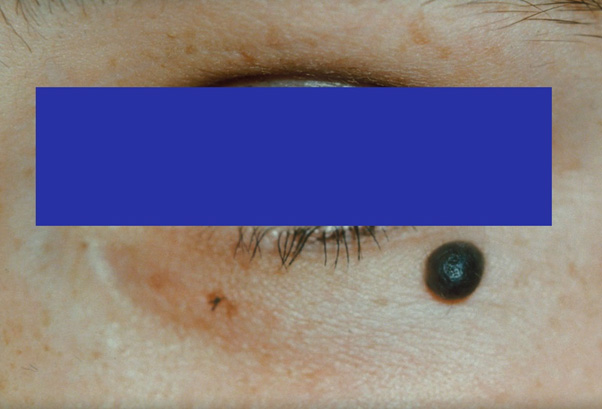Moles Pigmentation Treatment In Gurgaon
Looking for effective Moles Pigmentation Treatment in Gurgaon? At Bindal Clinic, we specialize in advanced treatments to remove or lighten pigmented moles. Led by Dr. Anil Bindal, our clinic offers personalized care using the latest techniques to ensure minimal discomfort and fast recovery. Whether you're seeking cosmetic enhancement or addressing medical concerns, our experts provide safe and effective solutions tailored to your skin's needs. Visit us in Gurgaon for top-quality Moles Pigmentation Treatment designed to restore your skin's natural beauty.
 Pigmented moles are growths on the skin that usually are flesh-colored, brown or black. Moles occur when cells in the skin grow in a cluster instead of being spread throughout the skin.
Pigmented moles are growths on the skin that usually are flesh-colored, brown or black. Moles occur when cells in the skin grow in a cluster instead of being spread throughout the skin.
The majority of moles appear during the first two decades of a person's life, while about one in every 100 babies is born with moles. Acquired moles are a form of benign neoplasm, while congenital moles are considered a minor malformation and may be at a higher risk for melanoma, a serious type of skin cancer rarely seen in Indian skin. A mole can be either under the skin or a pigmented growth on the skin. The higher concentration of the body's pigmenting agent, melanin, is responsible for their dark color.
Blue nevus: It is blue in color as its melanocytes are very deep in the skin. The covering epidermis is normal.
Acquired melanocytic nevus : common moles
Congenital nevus:
Small to large nevus present at or near time of birth. Small ones have low potential for forming melanomas; however the risk increases with size, as in the giant pigmented nevus.
Giant pigmented nevus:
These are large, pigmented, and often hairy. They are important because melanoma may (10 to 15%) appear in them.
Nevus of Ito and Nevus of Ota:
Congenital, flat brownish lesions on the face or shoulder.
Mongolian spot:
Congenital large, deep, bluish discoloration on the back of Indian babies.
Risk
The risk of moles changing to melanoma, a dangerous cancer, of small and medium-sized congenital moles is slightly increased. Many studies are currently underway to determine how much of a risk exists.
It is important to inspect congenital moles on a regular basis at home. It is recommended that a dermatologist examine the patient yearly, with serial photographs being considered for some suspect moles.
Signs of early change to melanoma include:
- Development of irregular borders
- Changes in color, size, or shape or becomes larger than a pencil eraser.
- Change in the smooth surface of the mole.
- A mole, even if smaller than a pencil eraser, that is different than the others and begins to crust over, bleed, itch, or become inflamed
Any of these changes should prompt an evaluation by a dermatologist.
A congenital mole may develop hair growth or uniformly darken. These are expected changes and are not of concern.
Treatment
- Since there is a small risk of congenital moles becoming melanoma, removal is sometimes recommended.
- If a mole is suspected of being a melanoma, it needs to be sampled by a method called skin biopsy. One can do a complete excision skin biopsy.
- In properly trained hands, lasers are also used to remove flat moles.
- Radiofrequency surgery is available as an alternative
- Electro-cautery may also be used.



Skin Clinic
Working Time
- Mon-Sat
9.30 AM - 1.30 PM
5.30 PM - 8.00 PM
Saturday
9.30 AM - 1.30 PM
Contact Info
-
Phone: 9810030327
9560400327 - bindalclinic@gmail.com
